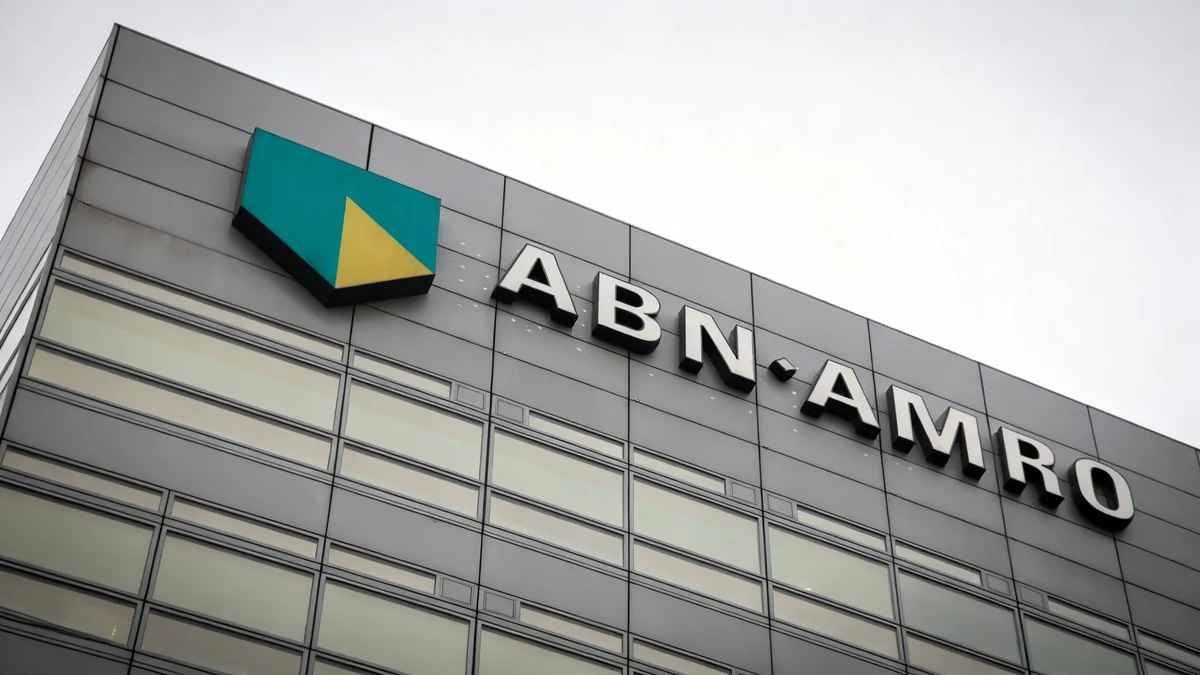X, the platform formerly known as Twitter, has undergone a significant transformation since its acquisition by Elon Musk in October 2022. The company has introduced sweeping changes to its branding, business model, and core features, aiming to create an "everything app" while navigating shifts in user engagement and advertising revenue.
These strategic moves, including the introduction of a multi-tiered subscription service and the integration of artificial intelligence, represent a fundamental rethinking of the social media platform's role and function. The changes have been met with a mix of user adoption and industry skepticism, marking a pivotal period in the company's history.
Key Takeaways
- X has shifted from an ad-dependent model to a diversified revenue strategy centered on its X Premium subscription service.
- The platform was officially rebranded from Twitter to X in July 2023 as part of a vision to become an "everything app."
- New features include the AI chatbot Grok, long-form posts, and video capabilities, available primarily to paying subscribers.
- The company has faced challenges with advertising revenue and user trust since the acquisition, though recent reports suggest some stabilization.
The Rebranding from Twitter to X
One of the most visible changes was the official rebranding of Twitter to X in July 2023. This move signaled a definitive break from the platform's 17-year history and aligned with Elon Musk's long-held ambition to create a super-app similar to China's WeChat.
The vision for X extends beyond social networking. Company leadership has outlined plans to integrate a wide range of services, including peer-to-peer payments, e-commerce, and long-form content, all within a single interface. The iconic blue bird logo was replaced with a stylized 'X', symbolizing this new, broader mission.
From Microblogging to a Super-App
The concept of an "everything app" or "super-app" involves a single mobile application that provides a multitude of services. This model, highly successful in Asia with apps like WeChat and Gojek, combines social media, messaging, financial services, and other utilities, aiming to become an indispensable part of a user's daily digital life.
This rebranding was more than a cosmetic update; it represented a strategic pivot. According to statements from CEO Linda Yaccarino, the goal is for X to become a global marketplace for ideas, goods, services, and opportunities, powered by AI.
Introduction of X Premium
A core component of the new business strategy is X Premium, the platform's subscription service. It replaced the previous Twitter Blue and expanded into a three-tiered model designed to attract a broader range of users, from casual individuals to power users and organizations.
The introduction of paid verification, where the blue checkmark became a perk of subscription rather than a marker of notability, was a controversial but central change. The company's goal is to create a new, more stable revenue stream to reduce its historical reliance on digital advertising.
The Three Tiers of Subscription
The service is structured to offer different levels of access and functionality:
- Basic: The entry-level tier provides access to essential premium features like the edit button, longer posts, and a small reply boost.
- Premium: The standard tier includes all Basic features, plus the blue checkmark, reduced ads, access to the creator hub for monetization, and a larger reply boost.
- Premium+: The top tier offers an ad-free experience, the largest reply boost, and full access to the platform's creator tools, including the AI chatbot Grok.
The Integration of Grok AI
In a move to compete in the burgeoning artificial intelligence space, X launched its own AI chatbot, Grok, in late 2023. Developed by Musk's xAI company, Grok is integrated directly into the X platform and is available to Premium+ subscribers.
The chatbot is designed to provide real-time information by drawing directly from the public conversation on X. This gives it an advantage in answering questions about very recent events, a limitation often seen in other AI models trained on static datasets.
In a company blog post, xAI stated, "Grok is designed to answer questions with a bit of wit and has a rebellious streak, so please don’t use it if you hate humor! A unique and fundamental advantage of Grok is that it has real-time knowledge of the world via the X platform."
Grok's personality is marketed as being more conversational and less filtered than its competitors. The integration of this tool is a critical part of X's strategy to enhance user engagement and provide unique value to its paying subscribers, positioning the platform as a source for real-time, AI-powered insights.
User Engagement and Financial Performance
The period following the acquisition has been marked by significant shifts in user metrics and finances. Initially, reports from various third-party analytics firms indicated a decline in daily active users. However, official statements from the company have often presented a different picture, focusing on metrics like "user-seconds" to measure engagement.
According to data shared by Elon Musk, monetizable daily active users (mDAU) have seen fluctuations but remain a key focus. As of early 2024, the platform reported having over 550 million monthly users who visit the site.
Financially, the company has faced considerable headwinds. A large portion of its top advertisers paused spending on the platform following the ownership change, citing concerns over content moderation and brand safety. CEO Linda Yaccarino has been focused on rebuilding these relationships.
Advertising Revenue Challenges
Before the acquisition, advertising accounted for approximately 90% of Twitter's revenue. The subsequent advertiser exodus created a significant financial challenge. While some major brands have returned, the company is still working to restore ad revenue to pre-acquisition levels while simultaneously building its subscription income.
Recent efforts to attract small and medium-sized businesses with new advertising tools and incentives are part of a broader strategy to diversify its advertiser base. The success of this initiative, combined with the growth of X Premium subscriptions, will be critical for the company's long-term financial stability.
Future Outlook and Challenges
The future of X hinges on its ability to execute the ambitious "everything app" vision. The planned rollout of financial features, including peer-to-peer payments, is expected to be the next major step. Securing money transmitter licenses across the United States is a key prerequisite for this expansion and is reportedly underway.
However, the platform faces several ongoing challenges:
- Restoring Trust: Rebuilding confidence with advertisers and users concerned about content moderation and platform stability remains a top priority.
- Competition: X operates in a highly competitive landscape, with established players like Meta (which launched its own text-based app, Threads) and emerging platforms like TikTok vying for user attention.
- Monetization: Successfully converting a significant portion of its user base into paying subscribers is essential for its new business model to succeed.
The path forward for X is one of continued transformation. Its leadership is betting that by integrating AI, financial services, and enhanced content creation tools, it can create a platform that is fundamentally different from the Twitter of the past and indispensable to its users in the future.





